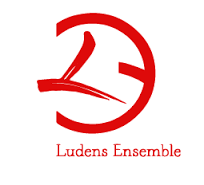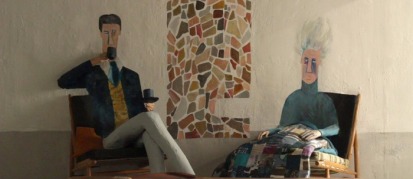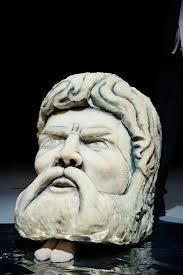Thomas Hicks: Music and Moving Images: Experiments and Explorations
Thomas Hicks is an award-winning animator who has created music videos for the likes of Paul McCartney, Newton Faulkner and Gravenhurst. Perhaps a surprising inclusion on the Manipulate programme was Thomas Hick’s curated presentation of his own work and other short films. The link to visual theatre becomes apparent however, through the lens of his work providing visual accompaniments to theatrical performances and creating music videos. Speaking at length about the relationship between the animator and music he creates a visual accompaniment for, the inspiration that music can provide and the influence on his style when animating becomes very much apparent.
This was an opportunity to see some of Hicks’ early work made while he was still studying at Kingston University. Seeing a collection of short animations and music videos that he has created over the past ten years showcases the development of his career and style in the context of his own work. His joy in finding beauty and the perfection in the imperfections or ‘happy accidents’ that occur when drawing and using software lend his work the unpolished edge that defines his signature style.
A small selection of short animated films selected by Hicks contrasted quirky vintage style and technical brilliance. Cirrus by Cyriak illustrates the mesmerising manipulation of footage from the fifties. Black Lake by David O’Reilly shows an astounding understanding of the possibilities and techniques available to animation artists. Backbone Tale by Jérémy Clapin is an unconventional love story. The juxtaposition of these varied pieces with Hicks’ own work gave an illuminating display of inspiration and skill.
Music and Moving Images gave an insight to the connection between animated art and the creation of music videos and stand-alone pieces of work. Hicks’ enthusiasm and knowledge of the subject was an informative accompaniment to a less conventional addition to the Manipulate programme.

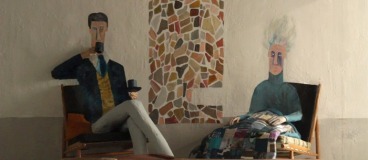 With animator Iain Gardner leading the discussion, 2012 Edinburgh College of Art graduate Claire Lamond presents a collection of short animated films. These include three of Lamond’s own creations and a selection of shorts by other animators. The other shorts deal with various social/mental health issues, such as dealing with grief after losing a loved one and fear of the world.
With animator Iain Gardner leading the discussion, 2012 Edinburgh College of Art graduate Claire Lamond presents a collection of short animated films. These include three of Lamond’s own creations and a selection of shorts by other animators. The other shorts deal with various social/mental health issues, such as dealing with grief after losing a loved one and fear of the world.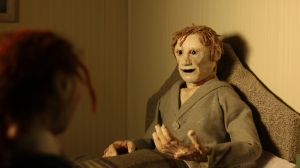
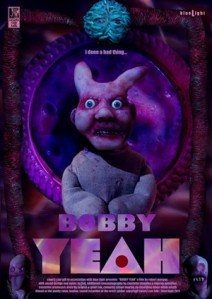
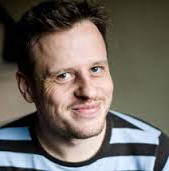
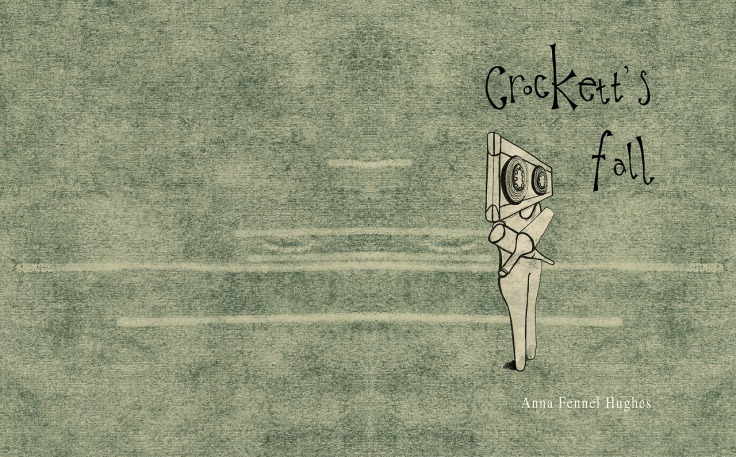
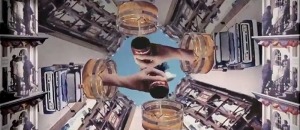 w generic and dull his song-writing became after The Beatles), and he places his animation at the service of the music. This does see diminishing returns. By 2010, when he starts to get more famous artists to commission him, the intriguing use of flicker and mistake has been replaced by footage of musicians in animated backdrops: the idiosyncratic and provocative student style has been replaced by a polished precision.
w generic and dull his song-writing became after The Beatles), and he places his animation at the service of the music. This does see diminishing returns. By 2010, when he starts to get more famous artists to commission him, the intriguing use of flicker and mistake has been replaced by footage of musicians in animated backdrops: the idiosyncratic and provocative student style has been replaced by a polished precision.